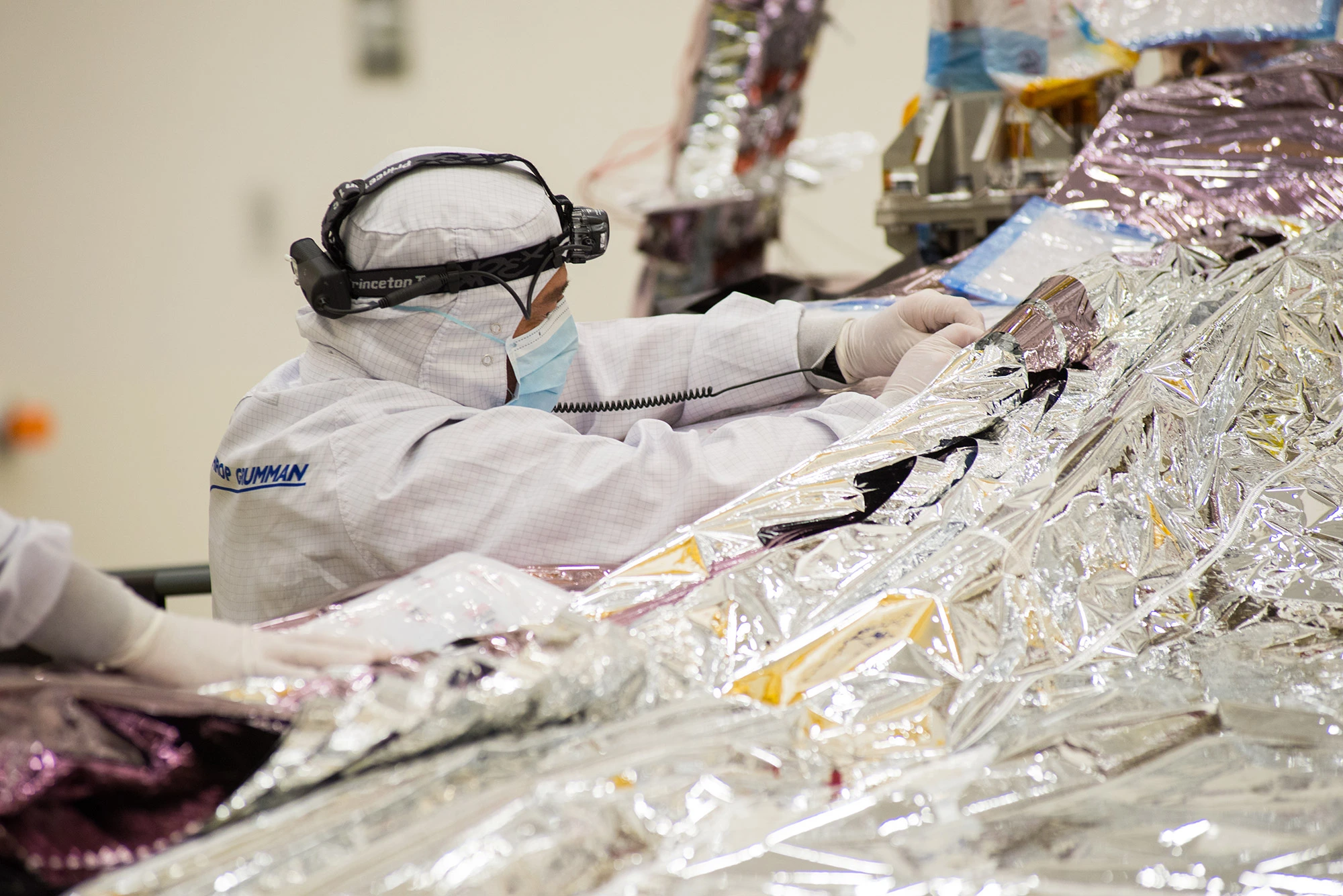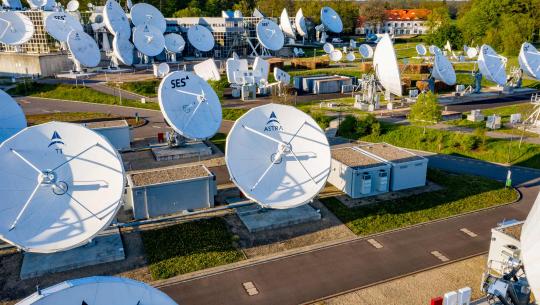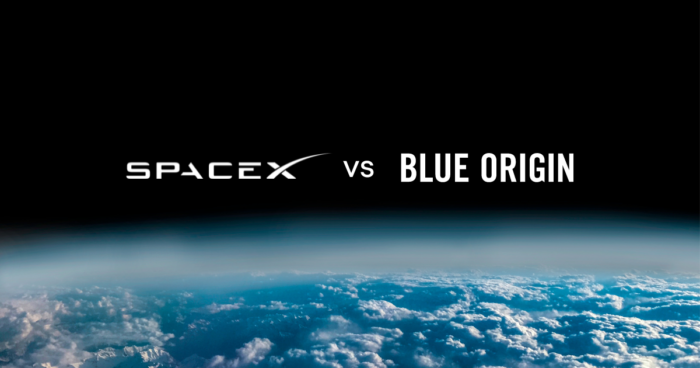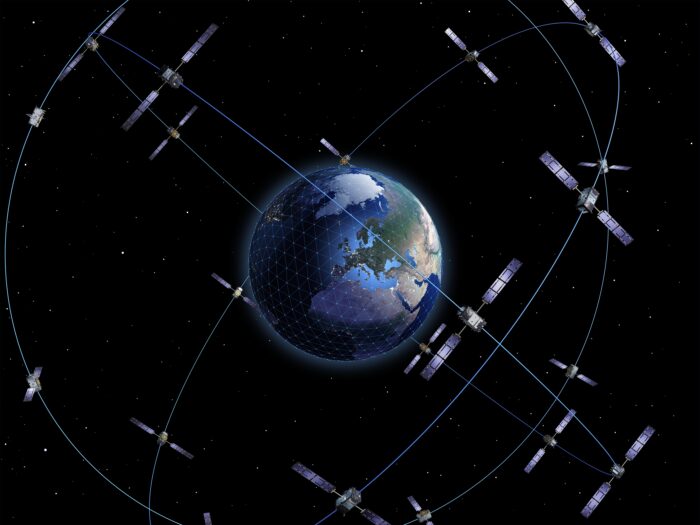by Julia Seibert
Virgin Orbit were so close. As their LauncherOne rocket hurtled through the dark skies over the North Atlantic on January 9th, carrying seven customer satellites, the historic mission seemed to be off to a great start. The first stage had separated effortlessly, and the payload was now being shot through the atmosphere by the second stage. However, the fun stopped there. As the rocket reached an altitude of 180 km, a fuel filter malfunction caused the engine to overheat and fail, and all that expensive payload went for a swim in the ocean. Customers were not happy, and neither were investors. Virgin Orbit’s operations soon ground to a screeching halt. Three months later, the company failed to secure funding and declared bankruptcy.
Virgin Orbit’s fall from grace is a tragic yet cautionary tale about the reality of the space industry. Despite the dizzying amounts of capital invested and the promising opportunities of launching satellites from Europe, it took one tiny filter to bring the company to its knees. The fact is, investing in space is not for the faint of heart. But is it even worthwhile?
Table of Contents
ToggleState of the Space Market
Though horror stories like the above make for a feeble picture, the space industry in general is in relatively good health. It has seen some extreme growth over the past decade, with the total annual investment growing from US $300 million in 2012 to US $10 billion in 2021. This is largely due to a surge in technological development, specifically that of launches. Cracking reusability, which is SpaceX’s specialty, was a major factor in driving down launch prices, which in turn made it cheaper and easier for companies to send their payloads to orbit. Miniaturization of technology is also a contributor, paving the way for smaller, lighter satellites such as the standardized Cubesat, which are relatively affordable to design and launch.
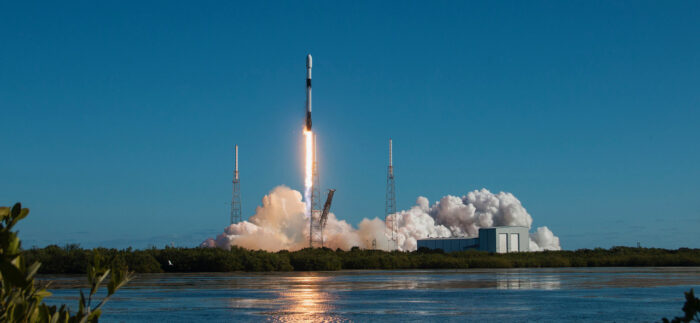
part of Transporter-6 Mission. Credit: Unseenlabs
These developments open doors to newer and riskier industries, such as space mining and in-space manufacturing, that previously might have been unthinkable. The technological progress has also been revolutionizing existing fields, including the uses of satellites. They have countless functions, but governments particularly enjoy their communications and espionage talents, which are increasingly being developed by commercial actors. The latter, meanwhile, are finding trusted customers in governments and private clients alike.
That being said, 2022 was a not-so-great year for the industry. A 58% drop in overall investment stemmed from a rougher economic climate, as well as investors taking a more skeptical stance towards the unpredictable nature of space companies’ business models. Therefore, while some startups are now beginning to venture into the largely unknown territories of mining and manufacturing, the focus of the industry is likely to remain with satellites, whose tried-and-tested benefits are continuing to attract evergreen government customers.
Benefits of Investing in Space Exploration Stocks
Risky business: that about sums up investing in the space industry. As seen by the wild success of, for example, SpaceX, and the swift downfall of Virgin Orbit, it is defined by its high-risk, high-reward nature. When the risks pay off, the profits could be literally astronomical. The space industry could be worth US $1 trillion by 2040, with other estimates even suggesting this might be reached by 2030.
Satellites, especially smallsats, are at the lower-risk end of the spectrum as their relevance in today’s world has already been proven. Their imaging and data collection can help scientists track natural disasters while allowing government agencies to peek at activity in faraway corners of the world. Companies like Starlink and OneWeb hope to provide near-global internet coverage, the opportunities of which are unlikely to go away anytime soon. Of course, technical elements such as launching and operations, present a significant risk, but even these are becoming increasingly reliable.
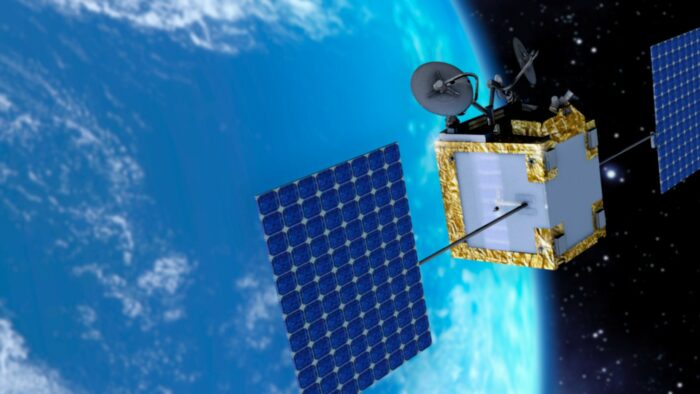
Speaking of launch, sending satellites and even humans to space is another lucrative branch of the sector. There is no space industry without launch, so while there is quite a lot that can and does go awry in rocket development, increased investment can allow companies to innovate at a higher rate. With more capital at their disposal, a launch company can afford to blow up a rocket or two for the sake of research and to learn how to avoid such pyrotechnics in the future.
Because of the potentials of satellites and their commercial and governmental benefits, a whole swathe of companies, including Skyrora and Astra, are developing rockets just for their launch. But not only satellites can profit from increased launch investment. Human spaceflight programs, including exploratory missions and space tourism, as well as space mining missions and as-of-yet hypothetical research and manufacturing stations in orbit, can be aided by improved launch capabilities.
Significantly riskier ventures like mining and manufacturing are where private investment becomes vital. NASA and the US Department of Defense are currently the space sector’s biggest customers and while geopolitical interests may eventually drive them to invest more heavily in these experimental industries, they are not currently a priority. Mining startup Astroforge and manufacturing hopeful Space Forge, for example, secured most of their funding from private investors, with only a fraction of the capital, if any, hailing from governments.
See also: What are the Economic Benefits of Space Exploration?
Space Industry Investing Risks
While investing in space can, in theory, be a lucrative move and bring about increased innovation in the industry, it comes with significant risks. Most obviously, things do not always go according to plan. In fact, for startups and companies developing novel technology, they rarely do. In some cases, no matter how much blood, sweat, tears, and investment is poured into an idea, the execution will go pear-shaped; Virgin Orbit is just one example.
Especially tough financial circumstances like those in 2022 result in the survival of the fittest, with companies of weaker or less immediately relevant business models floundering. In addition, while the US financial climate is tuned more towards high-risk ventures, space companies might find it much harder to take off in the European market, where the attitude is more conservative. In any case, a significant enough failure could emanate across the industry, scaring away investors and making it much harder for similar businesses to get off the ground.
The risky character of the industry means that it often takes a lot of time and money to get something working the way it should, let alone making money from the results. Not every investor is cut out for this, which space mining companies Deep Space Industries and Planetary Resources, found out the hard way. Both eventually succumbed to failed promises made to investors, who were disappointed that the still-nonexistent and highly tentative business of space mining did not make them money within a few years like the companies had said.
Even less ambitious projects face similar issues, although companies specializing in government-applicable systems are generally safer, since they do not rely solely on money-hungry investors. No matter how you cut it, though, technologies in the space industry are often explosive, sensitive, untested, and operate in the hostile environment of space, where no human can simply float along to fix them. To make money, every part of such a fickle system must work perfectly, and in terms of investment, it does not get much riskier than that.
What are the Current Space Exploration Go-to Stocks
Interestingly, many space companies are not publicly traded, and with good reason. Since such long-haul processes often are a marathon, not a sprint, and the companies are not looking to profit anytime soon, they are not exactly Wall Street friendly. As such, staying private helps companies focus their efforts towards the end goal, without the pressure to make money fast. This especially counts for companies specializing in newly emerging industries like mining and manufacturing. Still, some startups seek the help of crowdfunding platforms like Spaced Ventures to raise funds from everyday people.
While not every space company is public, those that are usually fall into the less risky category of providing services of direct interest to governmental activities. As mentioned, such business models are less likely to implode, since growing geopolitical tension will ensure a need for commercial contractors, at least in the US. This also counts for NASA contractors, though the agency’s budget is smaller than the US Space Force’s, and is stretched out to cover a much wider range of projects.
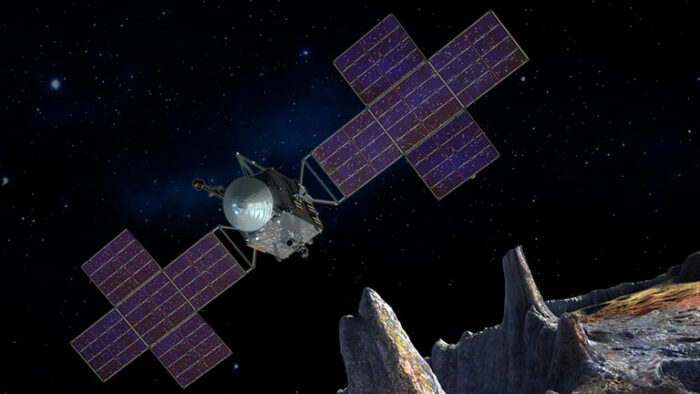
The usual suspects in terms of government contractors are Boeing, Lockheed Martin, and Northrop Grumman, who also provide a range of non-space defense services. Smaller ventures falling into this category are Maxar, Planet, and BlackSky, whose satellites specialize in beaming down Earth imagery from space and have already been contracted by the US government. Maxar is even developing a way of snapping pictures of neighboring objects in orbit. Publicly traded launch providers include Rocket Lab (who frequently launched government or contractor payloads, including BlackSky’s satellites), Astra (a fledgling satellite launch provider), and Virgin Galactic (whose long-awaited space tourism antics have not yet taken off).
You may also like:
- 14 Best Space Startups to Watch in 2023
- Top 10 Rocket Launch Companies To Look For in 2023
- Six Space Travel Companies That Will Change Our World
Huge Space Partnerships
In addition to enticing private Venture Capital (VC) funds and going public, space companies can form partnerships with investment companies to essentially streamline the funding process, or bring about new ventures together. It is also a useful networking tool. Through a partnership, a VC can make use of the company’s industry insights and connections, which it can apply to its other investments. On the flipside, a larger company gains access to technology and startups the VC might be investing in, keeping them ahead of the game.
Though not as widespread in the space industry as in other areas, several such partnerships exist here, too. Boeing and AE Industrial Partners, for example, launched not one but two venture fund rounds designed around defense and aerospace startups. The US Space Force also has an agreement with VC firm Embedded Ventures for Research and Development (R&D) projects.
What the Future Holds for the Space Industry
Judging by the current standings of the industry, governmental needs will continue to shape it, however, what this will look like depends on several factors. First of all, if geopolitical competition expands to celestial bodies such as the moon, companies with according specialties might see a surge in popularity. The industry might subsequently bend in that direction, much like how the fledgling sector in the 1960s was largely focused towards a lunar landing.
Another factor is the orbital environment, and how drastically activities in it will be affected by the ever-increasing problem of space debris. The importance of satellites in global affairs is not likely to change anytime soon, and as human orbital activity grows with exploratory missions and space tourism, maintaining orbital safety will become even more vital. While several startups like Astroscale and Clearspace are planning methods of removing it, and entities like ESA and the UK Space Agency are backing preliminary missions, whether space sustainability will become an area of large-scale government focus will likely depend on the severity of the problem.

Conversely, the fate of completely new industries like mining or manufacturing are likely to be determined by the startups developing it. If their initial experimental missions are a success, investors might jump at the chance to get in on the ground floor of these novel businesses. Investments might also come from existing Earthly corporations, such as pharma giants hoping to use orbital manufacturing to step up their game. Therefore, it is likely that these end up serving a largely commercial purpose, and less dependent on government funding, unless political priorities change.
Still, there is no guarantee for any of these industries to materialize. No matter how much of a slam dunk something may seem, the risky nature of the space industry means that if as much as a fuel filter fails, that idea might be done for. One thing, however, is certain about investing in the space industry: it is never boring.
For more market insights, check out our latest space industry news here.
Featured image: Removing the cover of the James Webb Space Telescope. Credit: Northrop Grumman
Share this article:
